
As global air travel rebounds and tourism surges, Qatar Airways’ busiest routes in 2025 offer a fascinating window into the airline’s strategic vision and the evolving dynamics of international aviation.
Anchored at Hamad International Airport in Doha, the airline’s network spans 180 destinations across 86 countries-each route reflecting a blend of high-demand tourism corridors, regional connectivity, and smart aviation economics. Below, we explore each of the top 10 routes in detail, highlighting their significance, operational nuances, and broader impact on global mobility.
1. London Heathrow – Doha
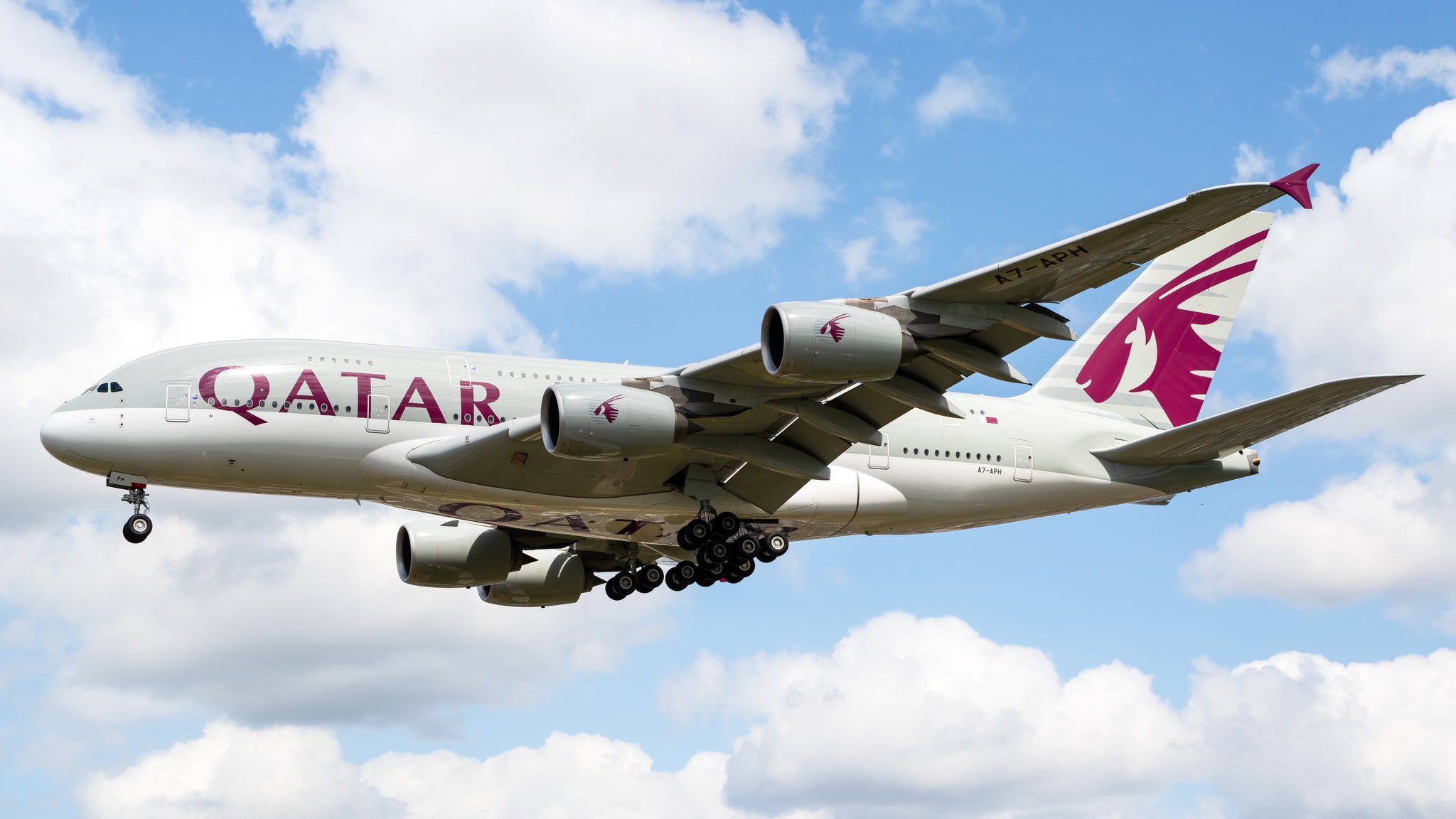
- Weekly Seats: 21,924
-
Flights: 8 daily (mix of Boeing 777-300ER, Airbus A350-900, and Airbus A380-800)
-
Aircraft: 4 daily Boeing 777-300ERs, 2 Airbus A350-900s, 2 Airbus A380-800s (two- and three-class configurations)
Significance: The London–Doha corridor is the undisputed crown jewel of Qatar Airways’ network. With eight daily flights and nearly 22,000 weekly seats, it stands as one of the world’s busiest intercontinental routes. The route connects two global financial and cultural capitals, serving a diverse mix of business travelers, tourists, and transit passengers.
Its importance is amplified by London’s role as a gateway to Europe, and Doha’s position as a hub for Asia, Africa, and beyond. The deployment of flagship aircraft like the A380 ensures premium service and maximum capacity, supporting billions in trade, investment, and tourism revenue between the UK, the Gulf, and the wider world.
Operational Insight: The route is also served by British Airways, reinforcing its status as a critical international corridor. In January 2025, Qatar Airways operated 247 one-way flights to London Heathrow, using a diverse fleet including A350s, A380s, and Boeing 777s.
2. Bangkok – Doha
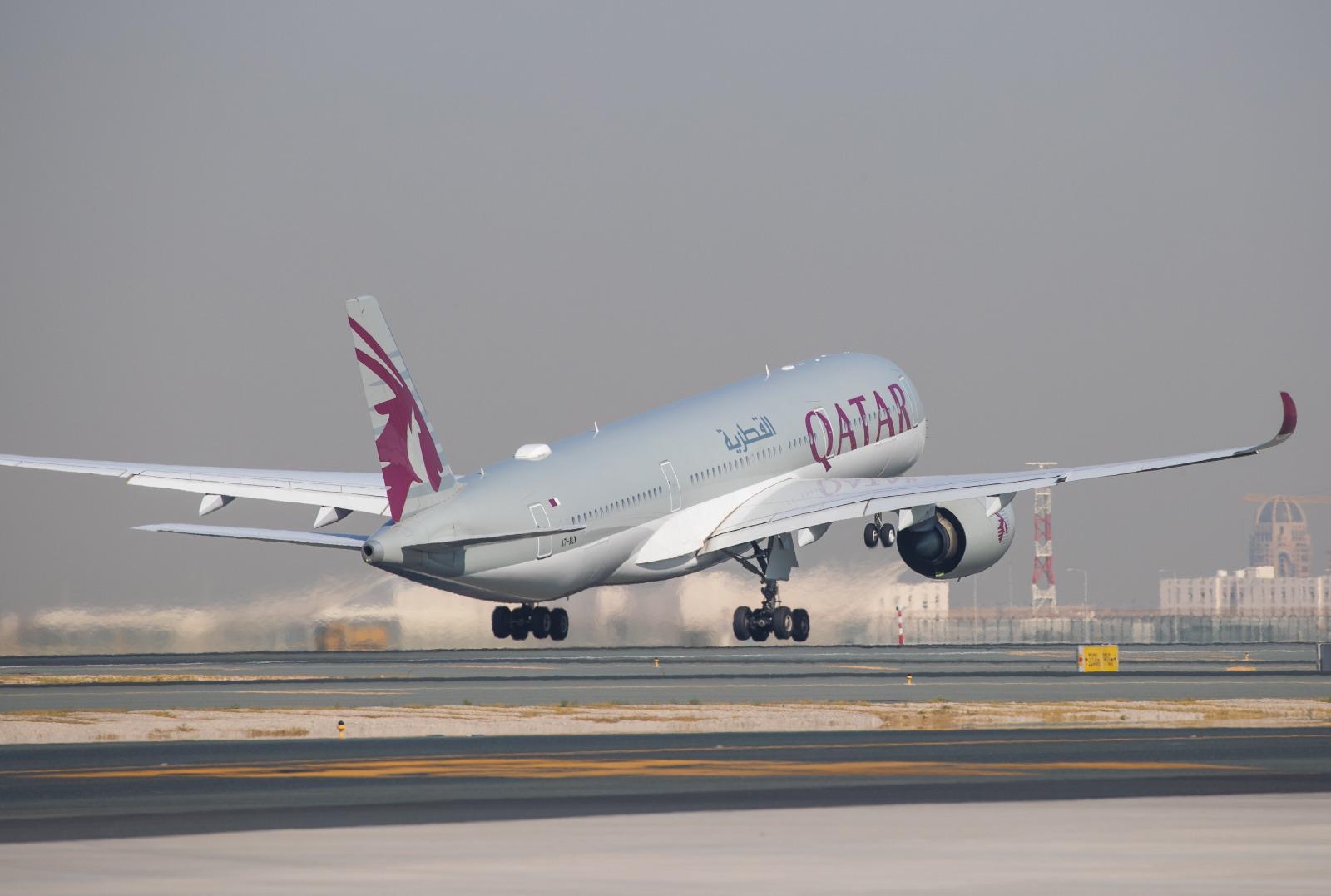
- Weekly Seats: 12,513
-
Flights: 32 weekly (25 Boeing 777-300ER, 7 Airbus A380-800)
-
Aircraft: Mix of two- and four-class Boeing 777-300ERs, daily A380-800 with first class
Significance: Bangkok’s status as Southeast Asia’s gateway city makes this route a cornerstone of Qatar Airways’ Asian network. It caters to both long-haul leisure tourists heading to Thailand and Southeast Asians connecting to Europe, Africa, and the Americas.
The route’s high capacity and frequency, including the A380, underscore its importance to both the airline and the Thai economy. It supports Thailand’s tourism industry, facilitates international trade, and is a vital conduit for labor migration and remittance flows.
Operational Insight: In January 2025, Qatar Airways operated 196 one-way flights to Bangkok, using a mix of A350s, A380s, and Boeing 777s.
3. Doha – Jeddah
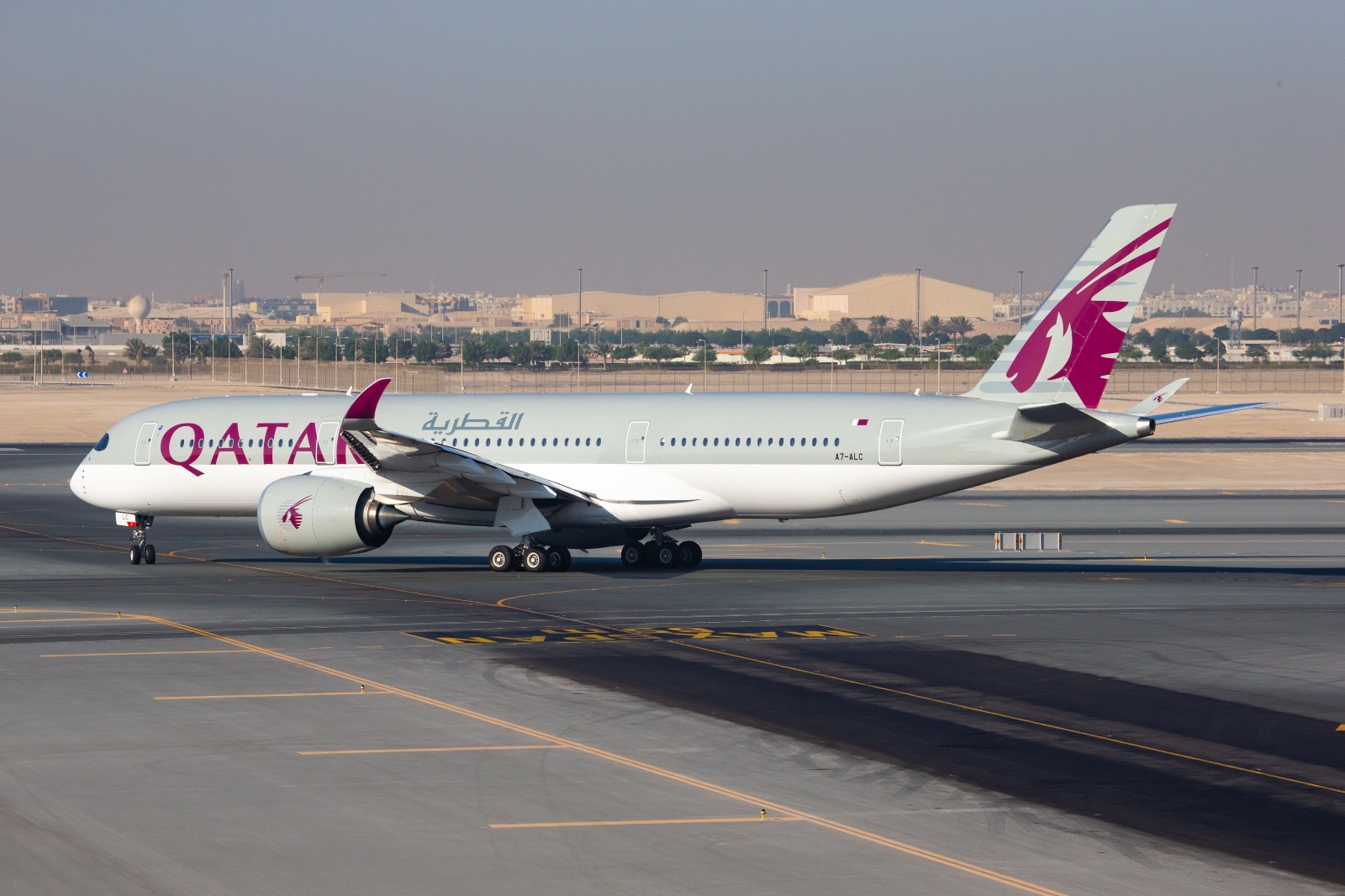
- Weekly Seats: 10,952
-
Flights: 5 daily (Airbus A350, Boeing 787-9, Boeing 777-300ER)
Significance: Jeddah is a major commercial and religious hub, with high pilgrimage traffic and strong business demand. The route is critical for intra-Gulf connectivity and supports year-round religious tourism, especially during Hajj and Umrah seasons. It is also essential for business travelers, government officials, and expatriates, reflecting the growing economic integration within the GCC.
Operational Insight: The route is operated with a mix of widebody aircraft, ensuring flexibility and premium service.
4. Dubai – Doha
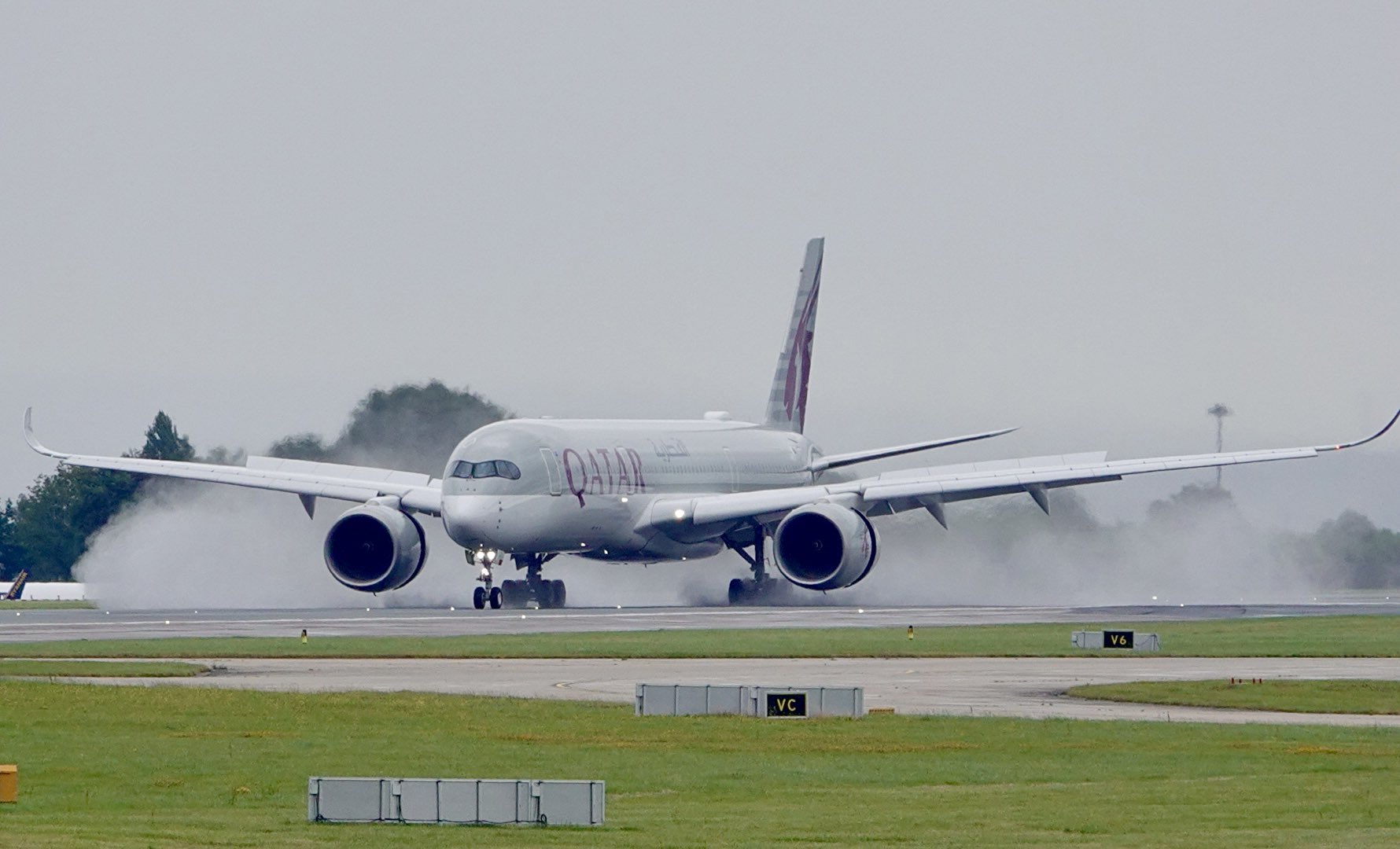
- Weekly Seats: 10,836
-
Flights: 5 daily (widebody fleet: A350, 787-9, 777-300ER)
Significance: Despite its short distance, the Doha–Dubai route is among the busiest in the world, serving business travelers, expatriates, and connecting passengers. Dubai’s status as a global business, tourism, and logistics hub means the route is essential for supporting the region’s fast-growing economy. The use of widebody aircraft on such a short route is unique and underscores the high demand and premium service expectations.
Operational Insight: The route faces fierce competition from Emirates and Etihad, driving high frequencies and premium service.
5. Doha – Riyadh

- Weekly Seats: 10,647
-
Flights: 5 daily (A350, 787-9, 777-300ER)
Significance: The Doha–Riyadh link is vital for government, business, and growing tourism flows between Qatar and Saudi Arabia, especially as regional relations improve. The route is essential for the large expatriate communities in both countries, facilitating family visits, business meetings, and cultural exchanges.
Operational Insight: The high frequency and capacity reflect the growing importance of this corridor in the broader GCC context.
6. Doha – Paris (CDG)
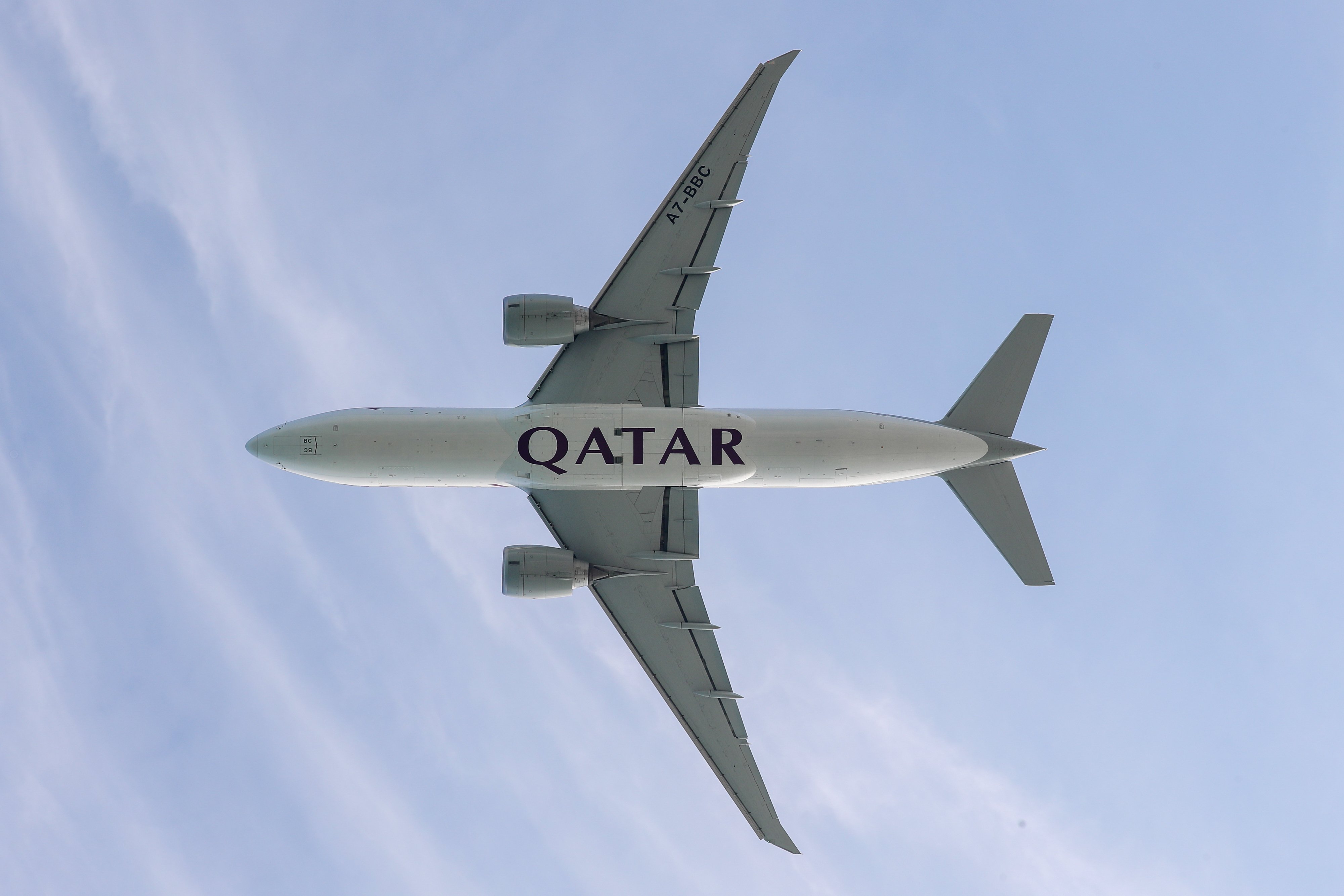
- Weekly Seats: 8,918
-
Flights: 4 daily (Airbus A350-900, Boeing 777-300ER)
Significance: Paris is a major destination for both business and leisure travelers, maintaining strong demand for Qatar Airways’ premium services. The route supports billions in trade, investment, and tourism revenue between France and the Middle East.
Operational Insight: The use of modern, premium aircraft ensures world-class service and strong demand.
7. Colombo – Doha
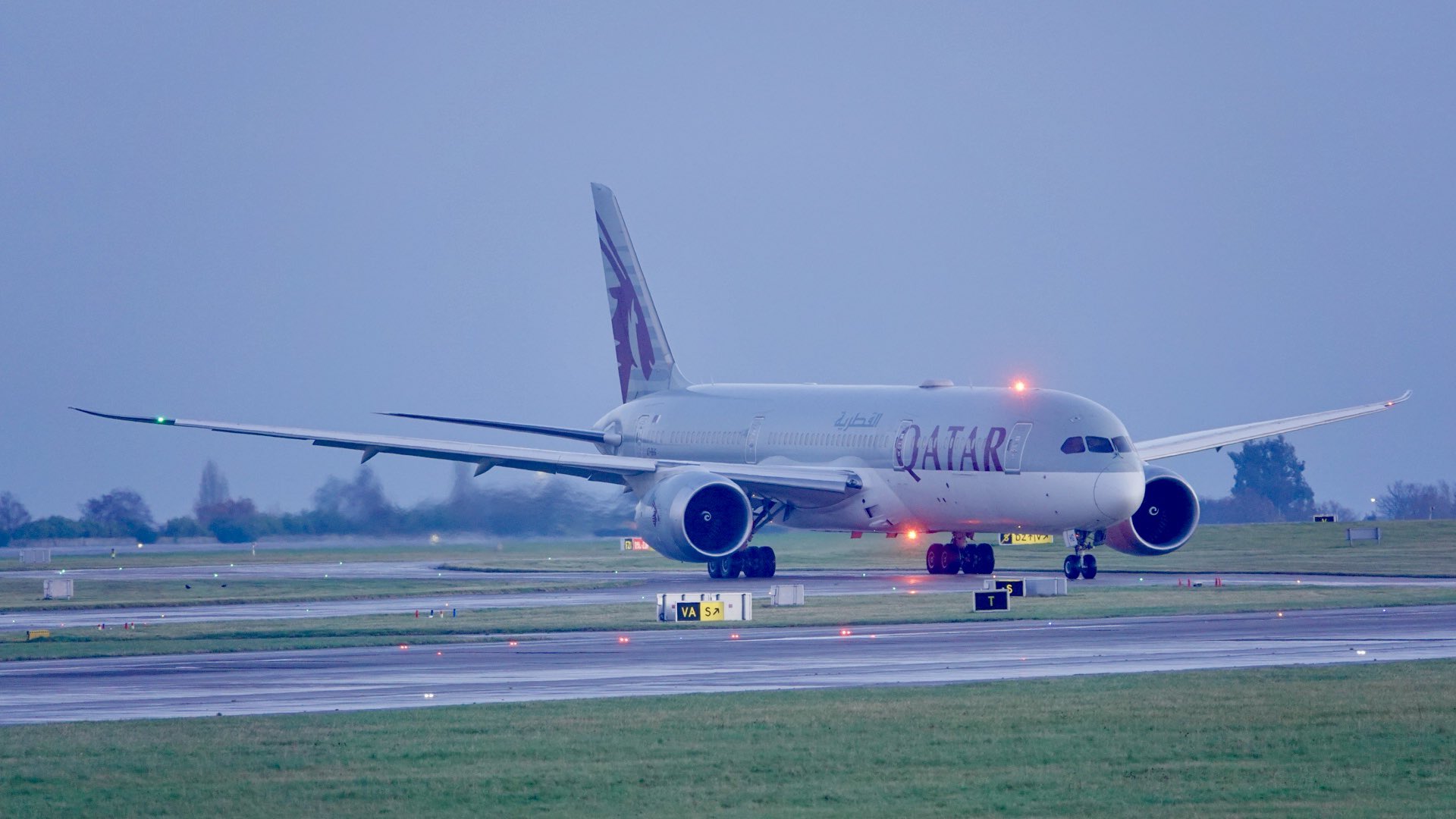
- Weekly Seats: 8,001
-
Flights: 4 daily (Boeing 787-9, 787-8)
Significance: This route is crucial for migrant workers, tourists, and business travelers, offering one-stop access to the Middle East, Europe, and North America. It supports labor migration and remittance flows between Sri Lanka and the Gulf.
Operational Insight: The high frequency and capacity reflect the importance of this corridor for both countries and the broader South Asian region.
8. Doha – Denpasar (Bali)
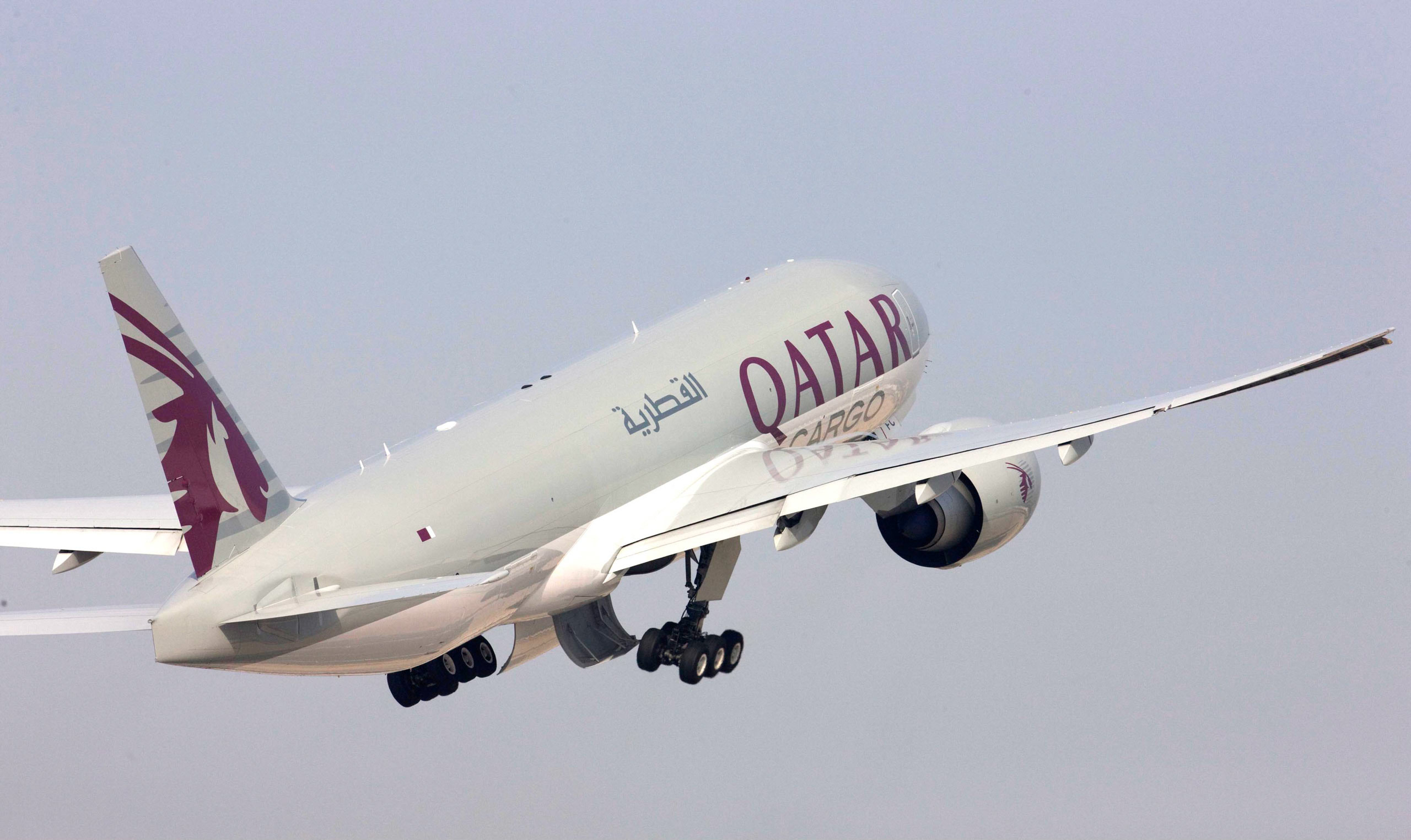
- Weekly Seats: 7,308
-
Flights: 3 daily (2 Airbus A350-1000, 1 Boeing 787-8)
Significance: Bali’s global appeal as a leisure destination drives strong demand from Europe, the Middle East, and beyond. The route is a major driver of inbound tourism to Indonesia, supporting local economies and international visitor numbers.
Operational Insight: The use of large, modern aircraft reflects the high demand and premium service expectations.
9. Doha – Singapore
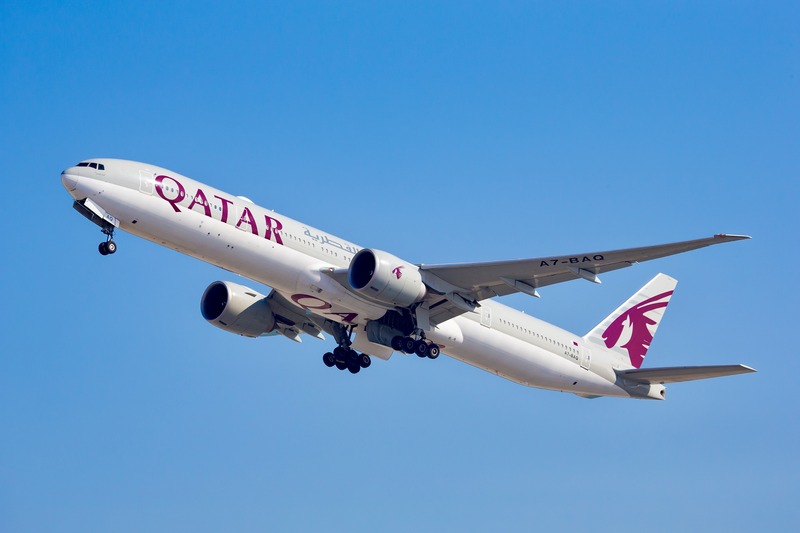
- Weekly Seats: 6,748
-
Flights: 3 daily (Airbus A350-900, A350-1000, Boeing 777-300ER)
Significance: Singapore is a vital business and transit hub, catering to both corporate and leisure travelers. The route is critical for maintaining the airline’s premium presence in Southeast Asia.
Operational Insight: The mix of aircraft types allows for capacity adjustments based on demand and seasonality.
10. Manchester – Doha
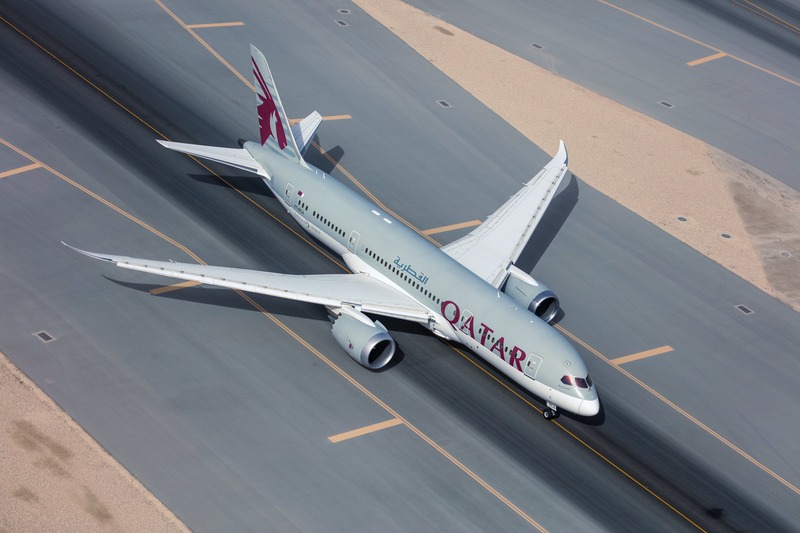
- Weekly Seats: 6,643
-
Flights: 3 daily (2 Boeing 787-9, 1 Airbus A350-1000)
Significance: This route connects Northern England to Qatar Airways’ global network, offering seamless access to Asia, Australia, Africa, and the Middle East. It is particularly important for the large South Asian diaspora in Northern England, facilitating family visits, business meetings, and cultural exchanges.
Operational Insight: The high frequency and use of modern, premium aircraft reflect the airline’s commitment to serving the UK market beyond London.
Broader Context and Industry Trends
- Hub Strength: Hamad International Airport’s record passenger numbers and rising point-to-point traffic underscore Doha’s growing prominence as both a transit and destination hub.
- Fleet and Capacity: Qatar Airways operates a fleet of over 200 aircraft and is negotiating further orders to boost annual passenger capacity from 50 million to 80 million by 2030.
- Economic Resilience: Despite a slight decline in passenger numbers and aircraft movements in early 2025, the airline and its hub remain resilient, with strong load factors and premium service offerings.
- Competitive Landscape: Intense competition in the Gulf region and beyond drives innovation, high service standards, and frequent route expansions.
- Passenger Mix: The busiest routes serve a dynamic mix of business travelers, tourists, migrant workers, and religious pilgrims, reflecting the airline’s role as a global connector.
Qatar Airways’ top 10 busiest routes in 2025 are a microcosm of its global strategy: connecting major cities, supporting regional mobility, and offering premium service across diverse passenger segments. With a modern fleet, ambitious expansion plans, and a resilient hub, the airline is well-positioned to maintain its leadership in international aviation and continue shaping the future of global travel.







.jpeg)

.jpg)






































.jpg)




